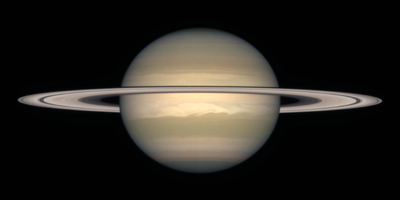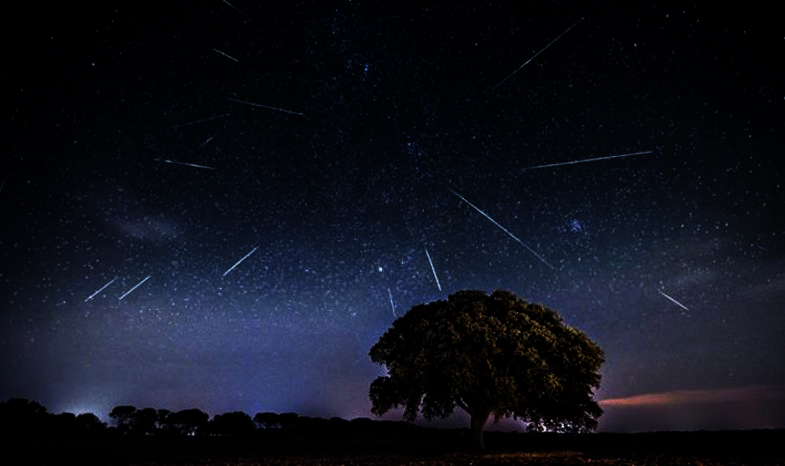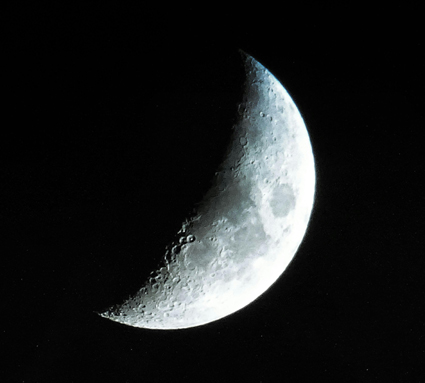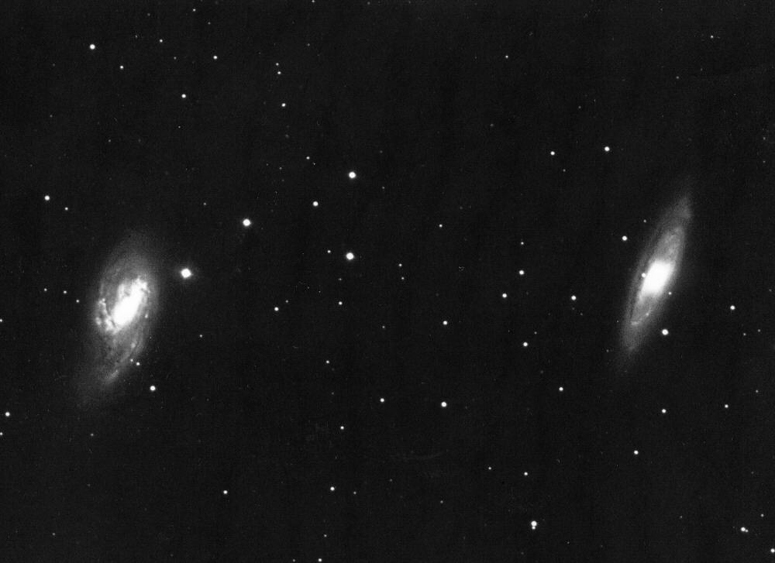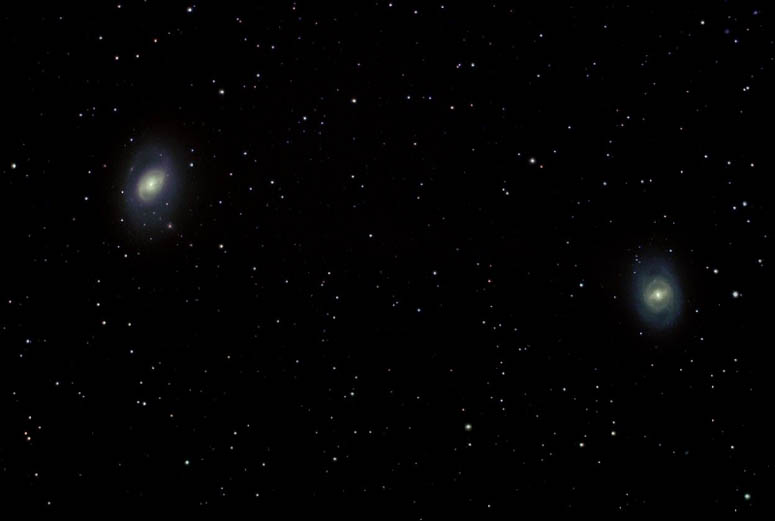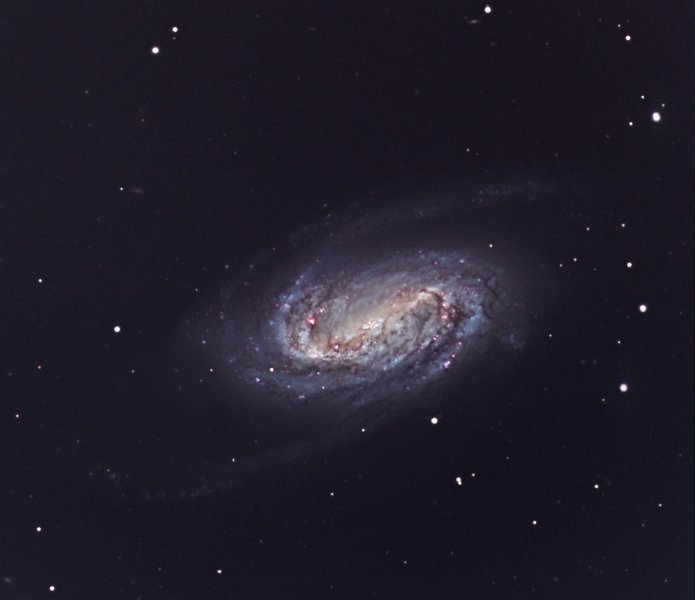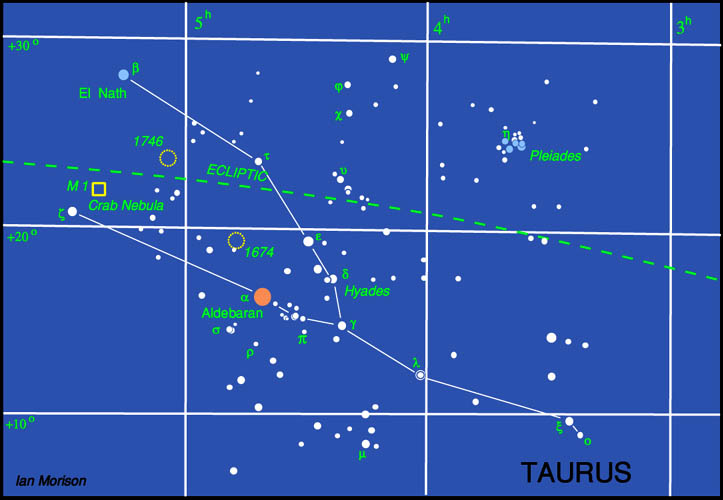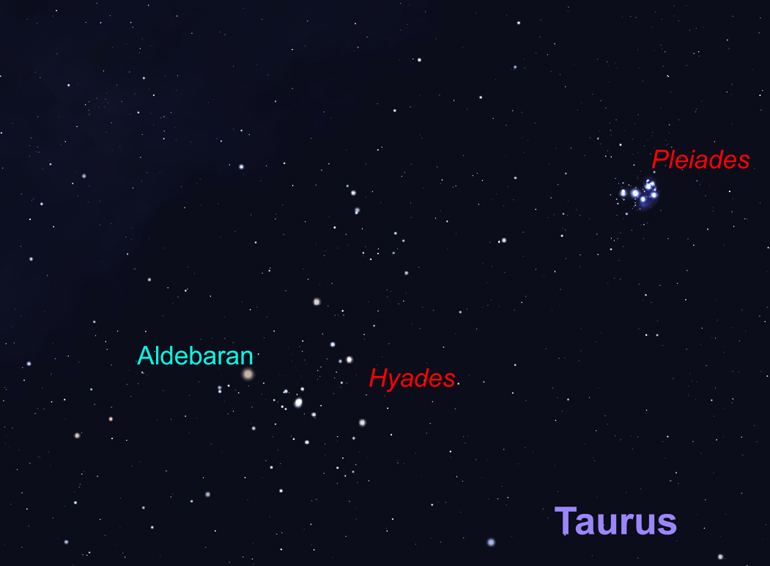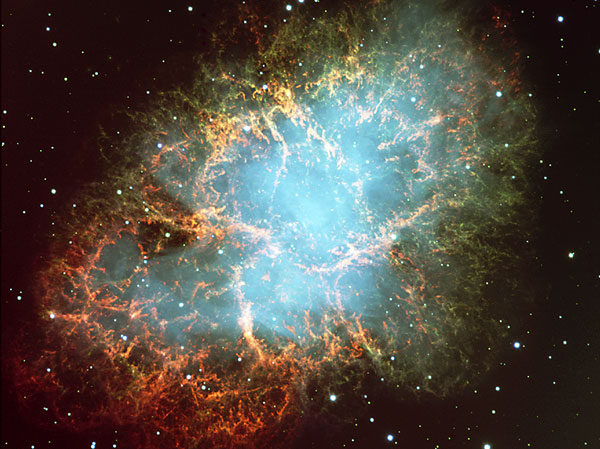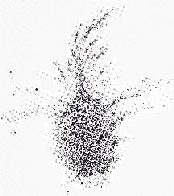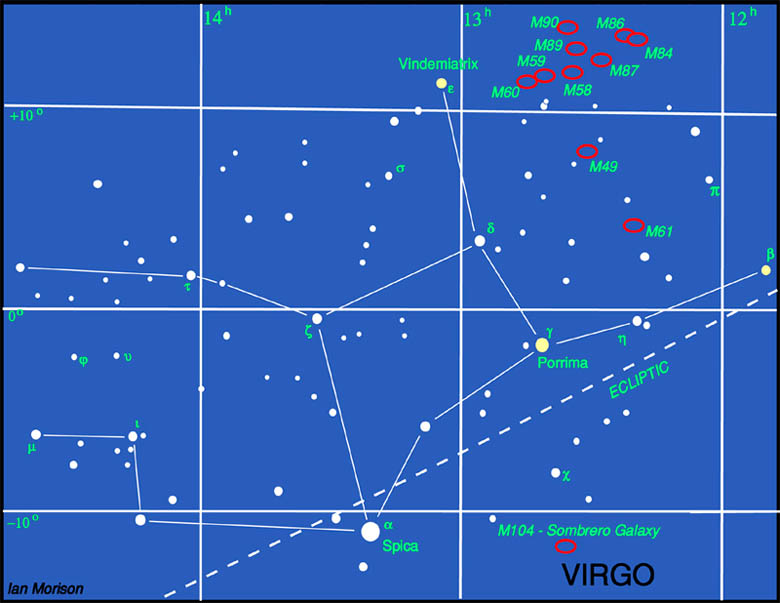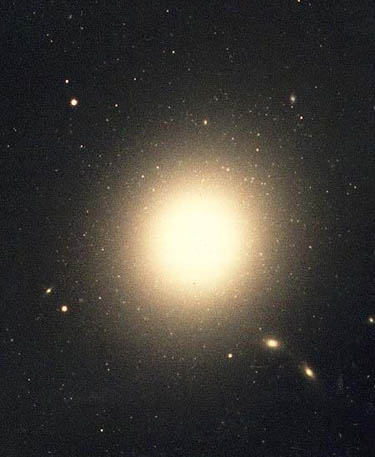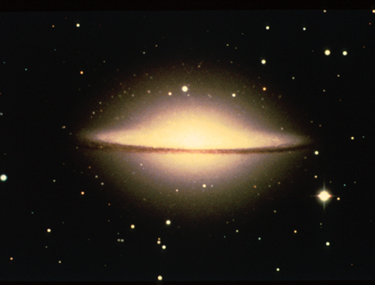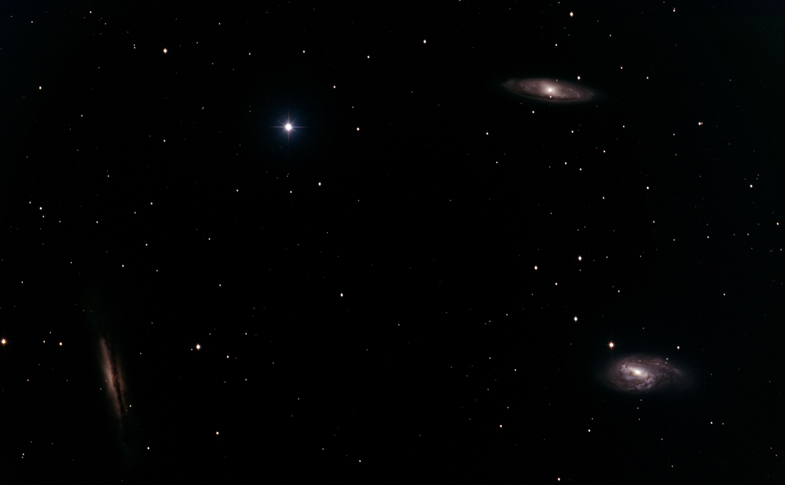 |
The Night Sky in and around Swindon - April 2024
| April 12: Comet Pons-Brooks below Jupiter |
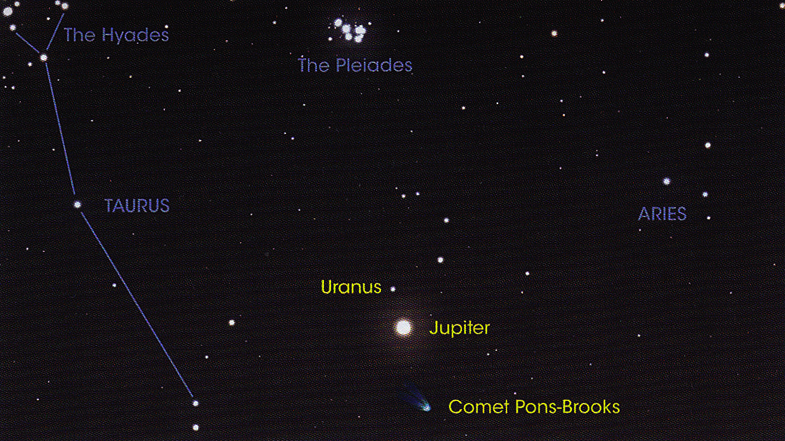 Comet Pons-Brooks Image: Nigel Henbest/Philip's |
| On this evening Comet Pons-Brooks passes just below Jupiter. The Pleiades, Uranus and Jupiter will all appear in a line above it. |
| April 11: Pleiades just above the Moon |
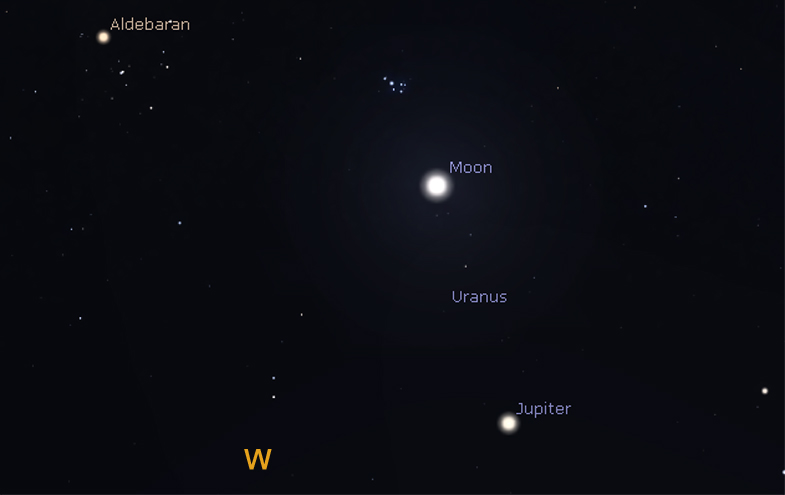 The Moon & Jupiter Image: Stellarium |
| The Pleiades, also known as the Seven Sisters, is a bright star cluster in the constellation Taurus. On this date, it will appear just 0.4° north of the Moon, offering a dazzling juxtaposition of the star cluster next to our natural satellite. |
|
The
planets this month
|
|
The
following data is drawn from Space.com
|
|
|
Jupiter Jupiter will be quite brilliant with a silver-white luster in 2024. It starts the year in the constellation Aries the Ram, then crosses over into Taurus the Bull on April 28 where it will remain for the balance of the year. During evenings from Jan. 1 to April 26, it'll shine brightly, as well as during mornings from June 8 to Dec. 6. Evening viewing will be optimal again from Dec. 7 to December 31. |
|
Saturn The rings were at their maximum tilt toward Earth in Oct. 2017, but are now rapidly closing to our line of sight. They will turn edge-on to the Earth during the spring of 2025. The process will begin in 2024 within the boundaries of the constellation Aquarius, the Water Carrier, and the planet will remain there for the rest of the year. You can catch Saturn during evenings from Jan. 1 to Feb. 11, mornings from March 17 to Sept. 7, then evenings again from Sept. 8 to Dec. 31. Saturn's brightest in 2024 will fall between Aug. 25 to Oct. 1. Saturn will be in opposition to the sun on Sept. 8. Saturn and Venus will appear dramatically close to each other (with Saturn just 0.2-degree S) on the morning of March 21 and will be 0.4-degree S of Mars on April 10. |
|
 |
Mercury |
|
Mars |
 |
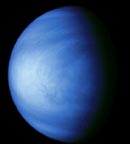 |
Venus Always brilliant, and shining with a steady, silvery light, you can catch Venus during mornings in the eastern sky at dawn from Jan. 1 to April 8; evenings in the western sky at dusk from July 30 to Dec. 31 |

